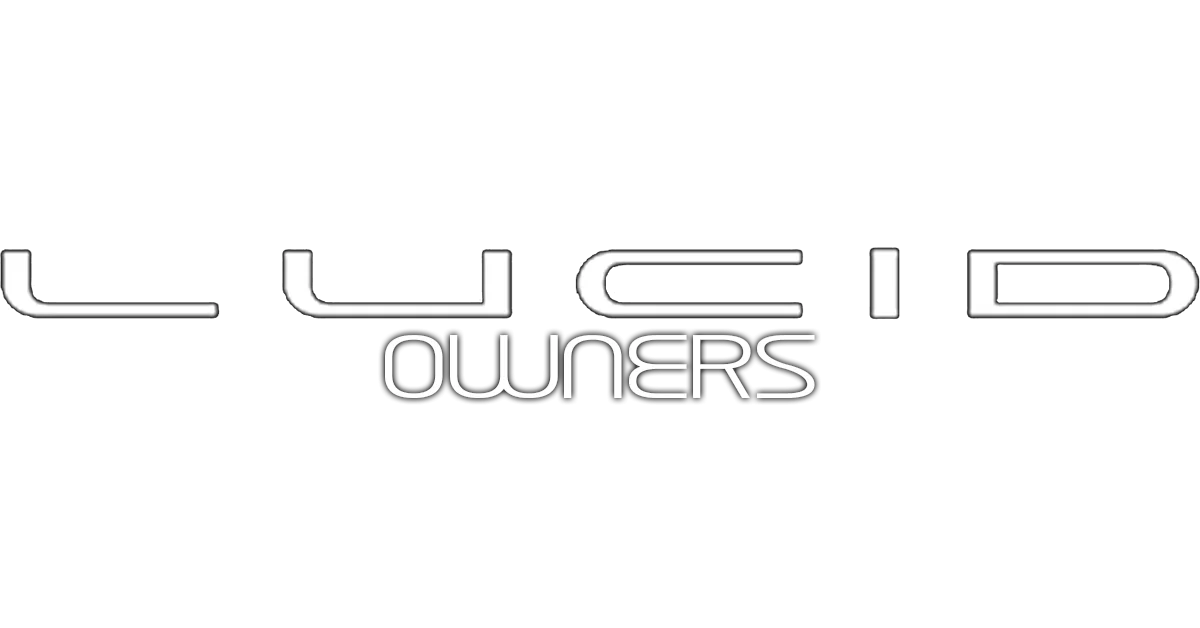The iceberg slide is accurate, although it would be a lot more informative if it highlighted which portions were designed in-house.
I was part of the team that launched a new division where I work specifically to develop next-generation automotive software. (I'm not directly involved today because of my job function.) The E/E supply chain looks a lot like the mechanical supply chain -- a modern car can have 100 or more microcontrollers for each function, because they are sourced separately from experienced suppliers (Bosch, Continental, etc). As a simple example, the software that runs your ABS is not running on your infotainment system. In a traditional design, everything is a separate system with a separate controller, from the door locks, to the battery management, to the backup camera, to the cluster telltales, and on, and on. Lucid isn't making the brakes, and they're not making the brake controller either.
Tesla changed the system by driving more vertical integration and bringing more components in-house, and Lucid (from their history) has probably done the same -- I'm just guessing here, but everything about battery management and motor control is probably Lucid-internal, whereas BMW is probably getting these things from suppliers. I would assume that Lucid is getting things like the air suspension from a manufacturer with a long history of suspension design. They're not making their own seats. They're not building their own telematics. These are all very specialized technologies with deep supply chains, and it doesn't make sense to build in-house. Companies with 10s of millions of units in production don't, and so it'd be crazy for a company making 10s of thousands to do so.
At the same time, the traditional suppliers have gotten more integrated -- that's the "Zonal Architecture" talked about above. Instead of miles of wires running through the car because all door locks and window controls from vendor X have to go to the central door controller, and all the power seats have to go to the central seat controller, and then all the controllers have to talk via serial to the infotainment platform and everything looks patched together -- you have one more capable computer in each quarter of the car and it can control and talk to the devices and more of the systems come from a single vendor, or at least the software interfaces are more standardized.
So, it'd be really interesting to hear what's getting built in-house. Clearly the infotainment and cluster software, battery, thermals, and motor control. Probably not the HUD (the eye-tracking, in particular, is really specialized). I would bet the ADAS is a bit mix-and-match today. Most car companies "just" put the parts together, but Lucid is definitely doing more than, say, Ford.

en.wikipedia.org
